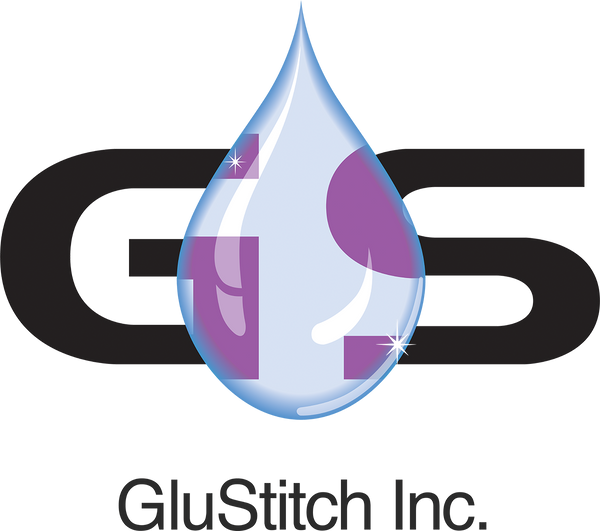Clinical Articles
Clinical Report: The Biocompatibility of Cyanoacrylate Tissue Adhesive in Conjunction with a Collagen Membrane for Providing Soft and Hard Tissue Regeneration in Extraction Socket Preservation Procedures
This clinical investigation was performed to determine the efficacy of cyanoacrylate tissue adhesive to enhance soft and hard tissue healing of extraction wounds requiring a regenerative effort. Fourteen patients requiring a total of 25 tooth extractions were selected. Twenty sockets were treated with cyanoacrylate tissue adhesive over an exposed collagen barrier membrane without altering the mucogingival junction, while ive extraction sockets were allowed to heal by the secondary healing intention as well but without tissue adhesive application. The results were evaluated with emphasis on soft tissue color and form as well as bone surface morphology. All sites received dental implants. There was a clear advantage to using cyanoacrylate tissue adhesive as a protective mechanism over an exposed collagen barrier membrane.
Clinical Report: A randomized clinical trial of cyanoacrylate tissue adhesives in donor site of connective tissue grafts
The purpose was to compare patient-centered outcomes, early wound healing, and postoperative complications at palatal donor area of subepithelial con- nective tissue grafts (CTG) between cyanoacrylates tissue adhesives and polytetraflu- oroethylene (PTFE) sutures.
Clinical Report: Pain perception following epithelialized gingival graft harvesting: a randomized clinical trial
This clinical study was conducted to evaluate the impact of different hemostatic treatments following palatal gingival harvesting on patient discomfort. Fifty patients who needed a mucogingival surgery requiring gingival graft harvesting were enrolled and randomly assigned to one of five groups: (1) a control group in which only sutures were applied; (2) a cyanoacrylate group; (3) a periodontal dressing material group; (4) a hemostatic gelatin sponge group; and (5) a group in which the gelatin sponge and cyanoacrylate were combined. In the 2 weeks following the procedures, perception of pain, healing, consumption of drugs, and willingness to repeat the procedure were recorded through visual analog scale (VAS) by patients. Over the 2 weeks, lower pain (VAS) was found in all test groups compared to the control group (P < .01, value for time-group interaction). Notably, the gelatin sponge combined with cyanoacrylate group had very low pain (VAS ≤ 0.5 points) throughout the 14 days. The lowest healing scores at day 10 were associated with the control group (6.8 VAS points) in contrast to the four test groups (8.2 to 9.0 VAS points, P = .0001). Pain was inversely correlated with age (P < .05). Pain also depended on the apicocoronal dimension of the graft: the higher the graft, the more pain was experienced by the participants (0.4 VAS points per 1 mm, P < .05). Within the limitations of this study, palatal coverage appears to result in better outcomes when compared to suture alone. In particular, a double-layered protection of the palatal wound with a gelatin sponge combined with cyanoacrylate appeared to be the best option in reducing pain and postoperative discomfort.
